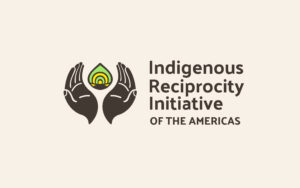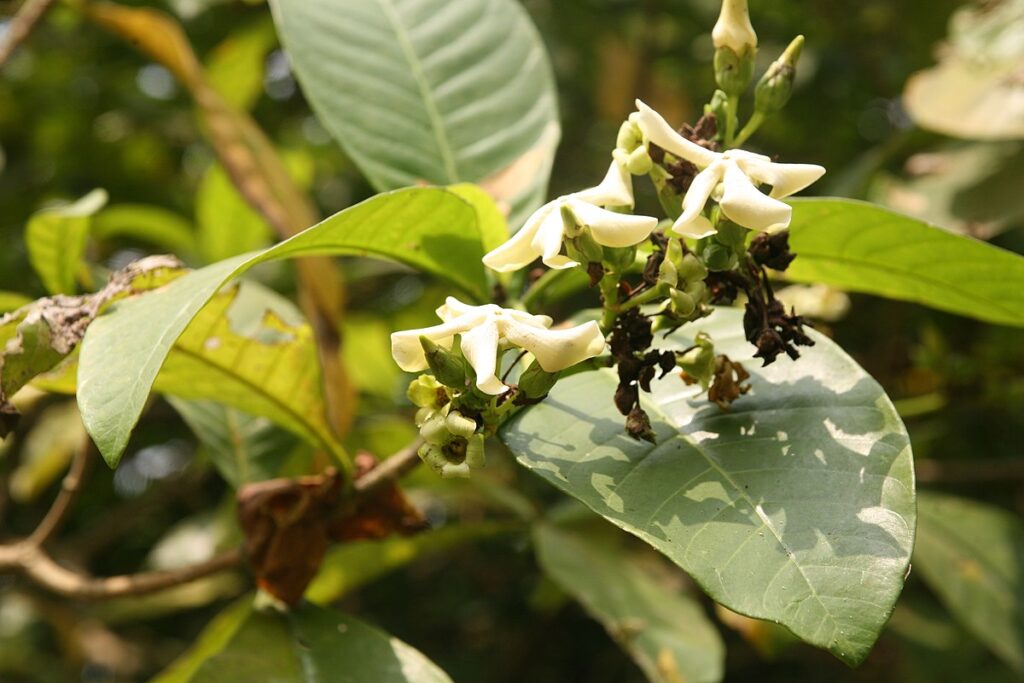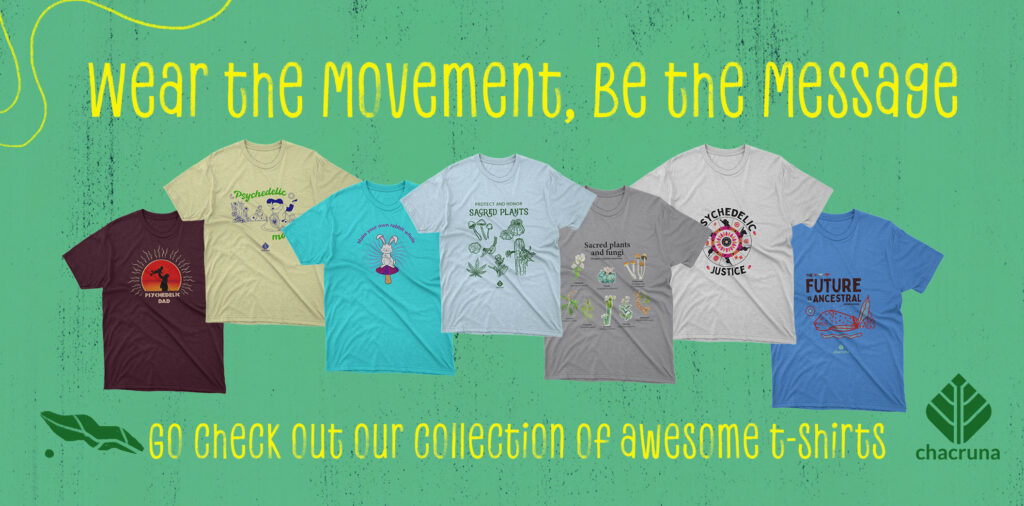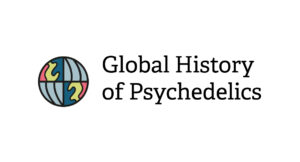In 2007, a businessman from Accra, Ghana under the username MrGoodGuy created a Wikipedia article claiming that the seeds of the tree Voacanga africana were “used in Ghana as a poison, stimulant, aphrodisiac, and ceremonial psychedelic.” He embedded a link to his website selling the seeds, which he persistently added back in after its repeated removal by a moderator. Though the Wikipedia editorial community ultimately succeeded in removing MrGoodGuy’s now-defunct link from the article, the idea he introduced into the world persisted. A significant proportion—more than half—of the ethnobotanical retailers that now sell the seeds online either paraphrase or replicate his wording. Over the next few years, many drug information websites like Erowid also integrated the claim into their pages on the tree. From 2007 into the 2010s, experience reports and forum posts about the plant spiked (based on a sample of 48 such reports), yet the effects described vary widely, as much of the seeds sold through the online ethnobotanical market come from a range of similar but chemically distinct plants.

Discover the Indigenous Reciprocity Initiative of the Americas
The taxonomic history of Voacanga africana helps explain why claims about its psychoactivity are so problematic. When the binomial Voacanga africana entered the Western botanical lexicon in 1894, botanist Otto Stapf described the plant as little more than a rubber adulterant, basing his judgment off specimens collected by George Scott-Elliot on the Sierra Leone Boundary Commission. Colonial foresters in the Gold Coast (today Ghana) and elsewhere thus viewed the plant as one of many “waste plants”, which they envisioned gradually eliminating from the colony’s forest reserves. Yet following World War II, interest in the tree’s potential pharmaceutical value arose due to its relationship to other medicinal plants like Indian Snake Root or the Madagascar Periwinkle. In 1955, two French chemists submitted the first pharmaceutical patent for a process for the extraction of three alkaloids useful in the treatment of heart conditions. Other patents submitted by companies like Geigy or research papers submitted from institutions like MIT followed their discovery, asserting claims to economic rights over this aspect of the African landscape at the same time that formal French and British colonialism faded across the continent.

Due to the plant’s long history of being viewed as economically irrelevant or even harmful, however, its taxonomy remained ambiguous, with its original name meant more as a catch-all for a range of apparently useless plants. Most pharmaceutical patents, in turn, cited multiple species of the Voacanga genus in their claims. After all, companies often had to rely on botanical dictionaries like Frederick Irvine’s Woody Plants of Ghana to identify words for the plant in African languages—Irvine gives three names for Voacanga africana in different Akan dialects—bonawa, ofuruma, and kakapempe—names which themselves can refer to 8 different plants. Unsurprisingly, none of the entries for these plants mention usage within a ceremonial context; colonial scientists like Irvine tended to underrate African medical plant knowledge, and policies targeted at restricting Indigenous religious practices required priests and healers to sign documents promising not to use any “noxious” herbs in their practices. Any use of psychoactive flora, in turn, would have been carefully guarded by ritual specialists.

Shop our Collection of Psychedelic T-Shirts.
When I visited Ghana in January 2017, these three names were widely used by intermediaries tasked with gathering Voacanga africana seeds. Visiting an area where several companies claimed to source Voacanga africana seeds I walked through three towns asking questions about it, and most people could only tell me that foreign companies used the seeds for medicines, sending buyers from June to August. Only a few people could describe local uses in treating hernias and parasites, while the local priest described a sacred use in connection with childbirth. Yet selling the seeds has, since at least the 1990s, provided the community with supplementary income, allowing certain local intermediaries to accumulate a significant amount of money. One of the few contracted local seed buyers I spoke with had bought two houses with the money he’s earned. He expressed incredulity at the idea of the plant as a ceremonial psychedelic when I mentioned it to him, as did the local representative of a Europe-based company selling the seeds online using the wording from MrGoodGuy’s original Wikipedia article.
The idea of Voacanga africana as a ceremonial psychedelic ultimately serves less to reflect African realities, and more to appeal to Western ideas of psychedelics as primordial elements of human mystical experience and spiritual life.
My research into Voacanga africana began in 2017 with the intention of verifying rumors of the plant’s sacred usage. However, as the lack of supporting evidence became clear, I instead started to turn my attention to the question of why the idea of an African psychedelic proved appealing enough to secure the plant a position in the online ethnobotanical market. My chapter in the edited volume Expanding Mindscapes links the appeal of this alleged “ceremonial psychedelic” from Africa suggests about how ideas about psychedelics as a whole link to imagined ideas of the “primitive other” with Western psychedelia. The use of entheogenic plants and fungi among Indigenous people in the Americas and Siberia has been historically used to support a narrative that understands the psychedelic experience as a kind of human universal, based on deeply rooted assumptions about the unilinear nature of progress and historical change. Africa, however, has generally been on the margins of this imaginary. The idea of Voacanga africana as a ceremonial psychedelic ultimately serves less to reflect African realities, and more to appeal to Western ideas of psychedelics as primordial elements of human mystical experience and spiritual life.
This is an abridged version of Timothy Vilgiate’s chapter, “From Rubber Adulterant to Ceremonial Psychedelic: Voacanga africana in the Transnational Imagination, 1894–2018,” in the edited collection, Expanding Mindscapes: A Global History of Psychedelics, which will be released with MIT Press on November 21, 2023.
Art by Luana Lourenço.
Find more information on the upcoming Psychedelic Culture Conference.
Take a minute to browse our stock:
Did you enjoy reading this article?
Please support Chacruna's work by donating to us. We are an independent organization and we offer free education and advocacy for psychedelic plant medicines. We are a team of dedicated volunteers!
Can you help Chacruna advance cultural understanding around these substances?

















